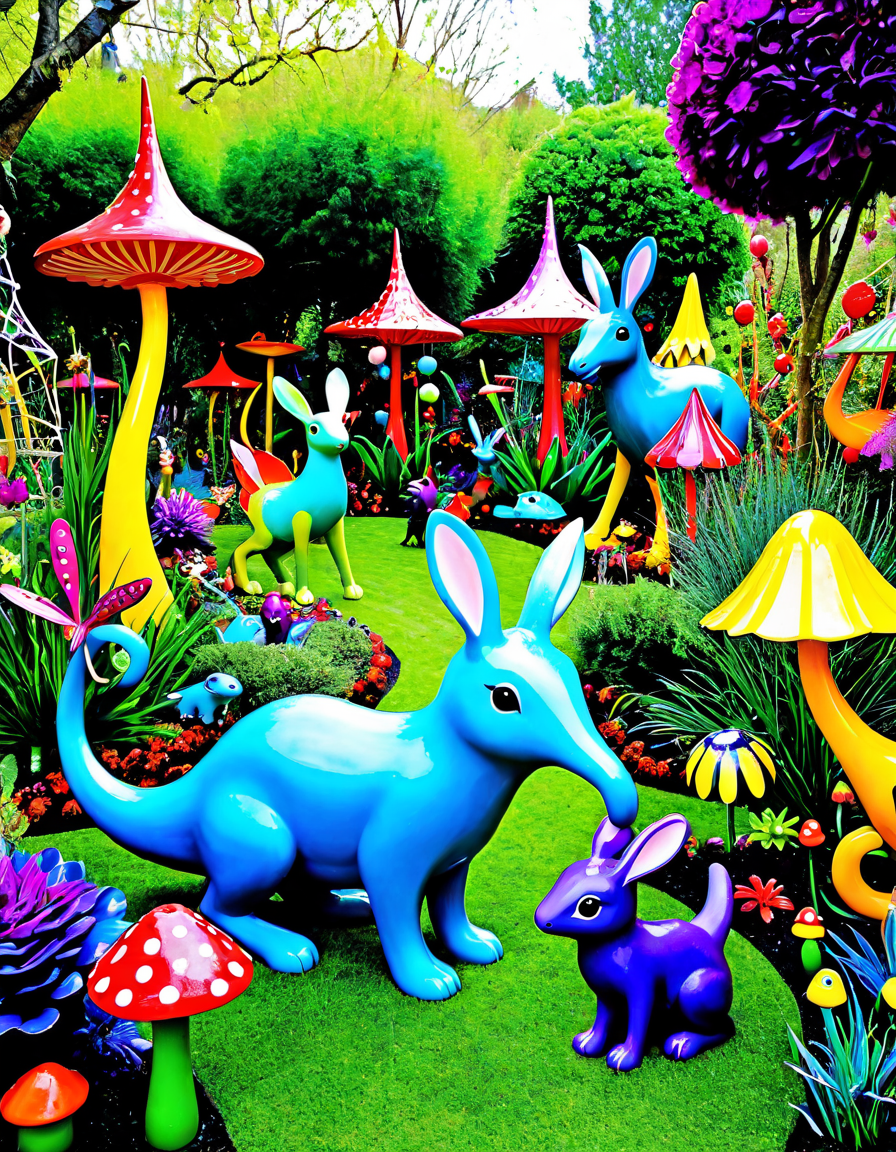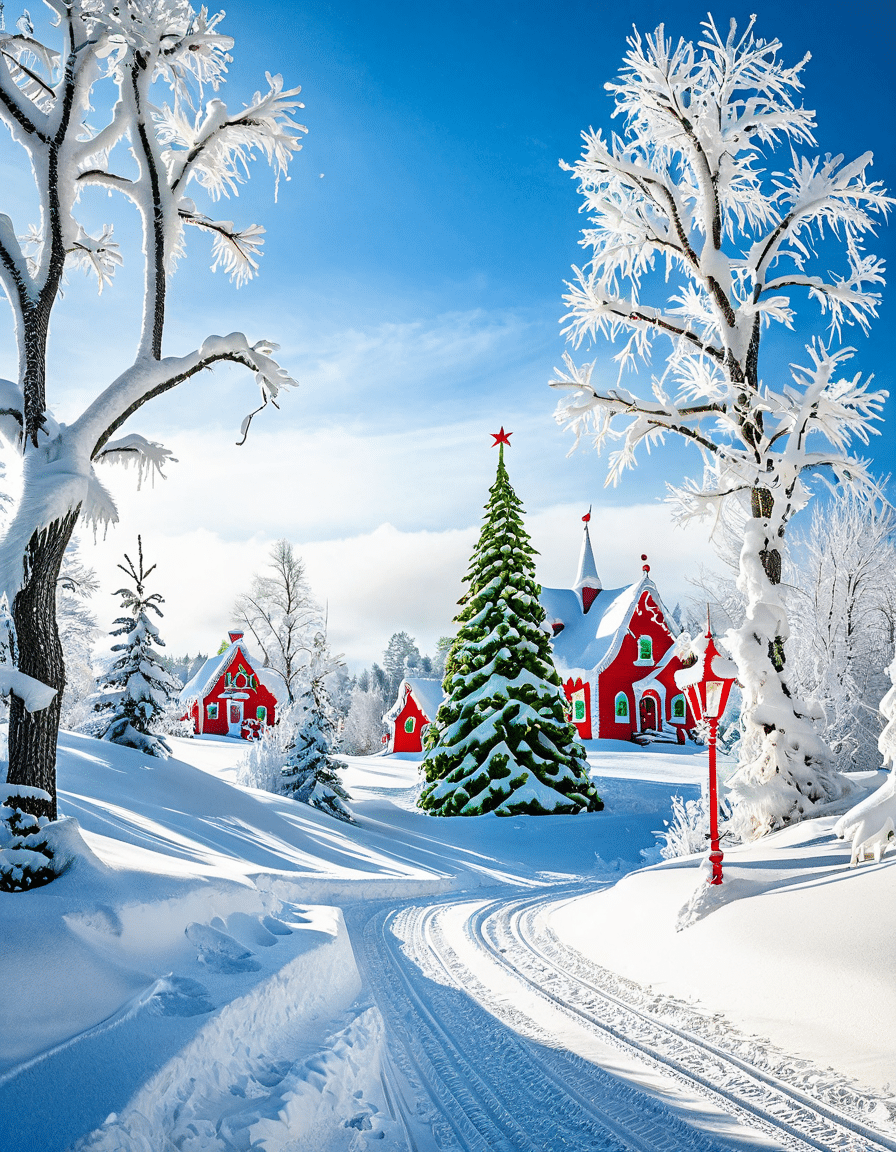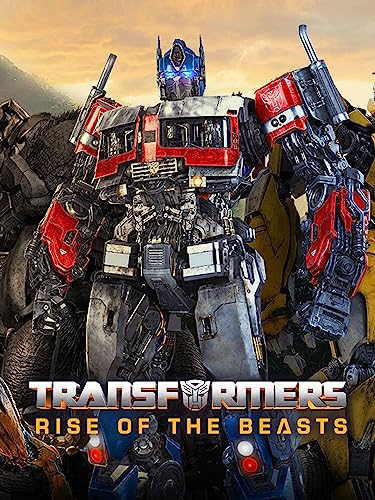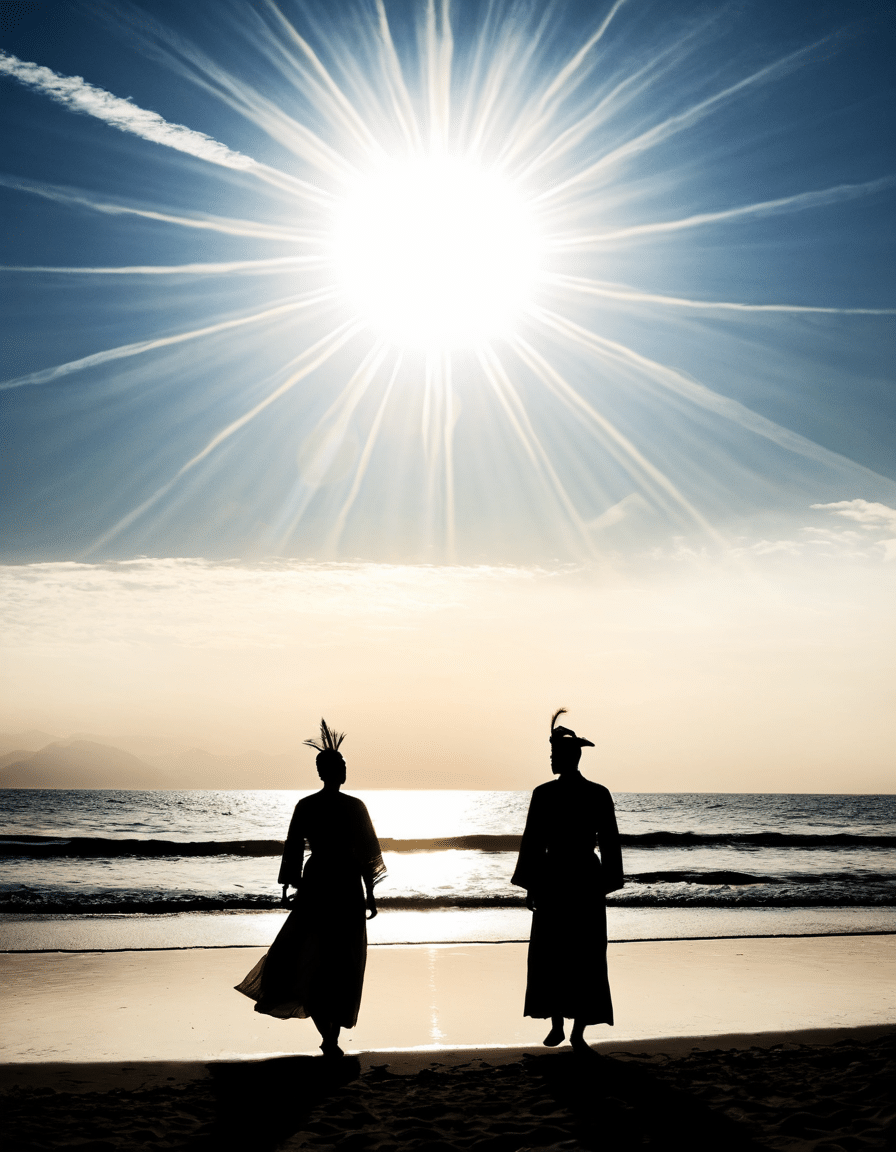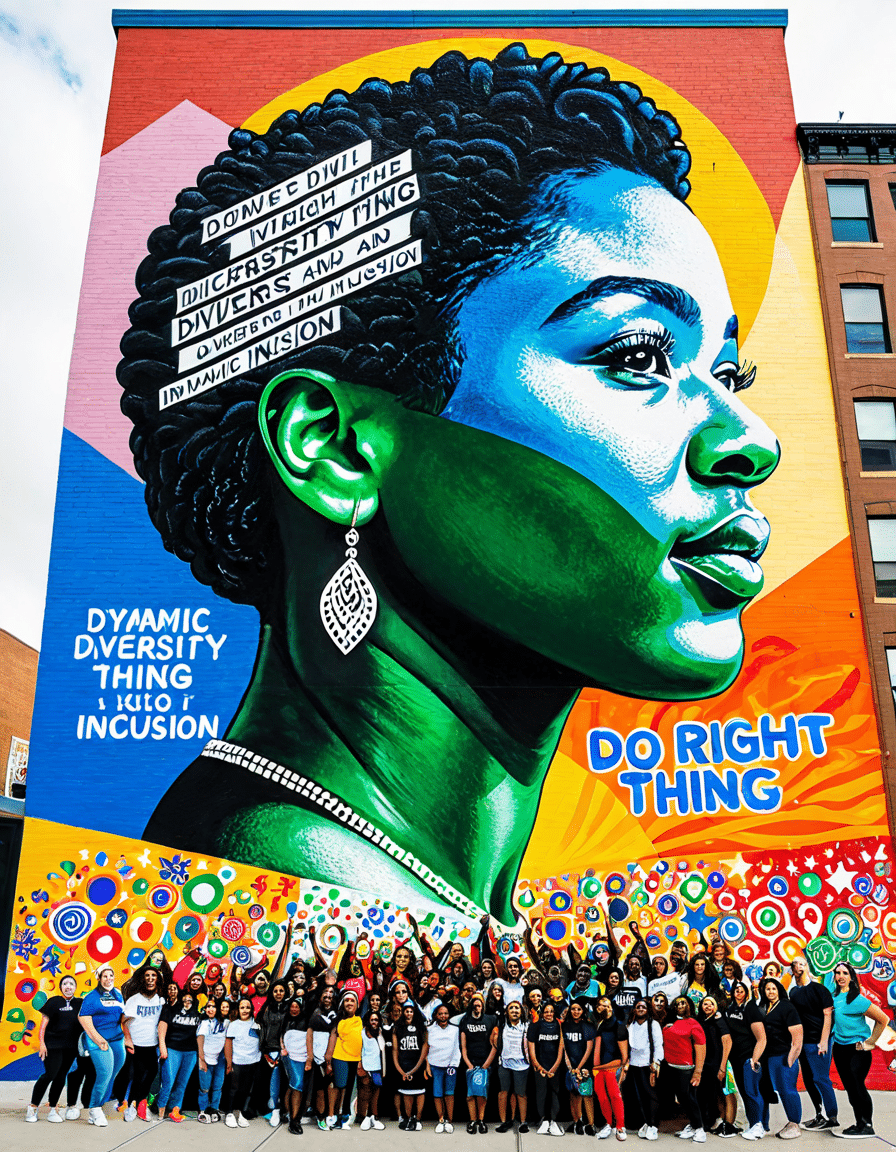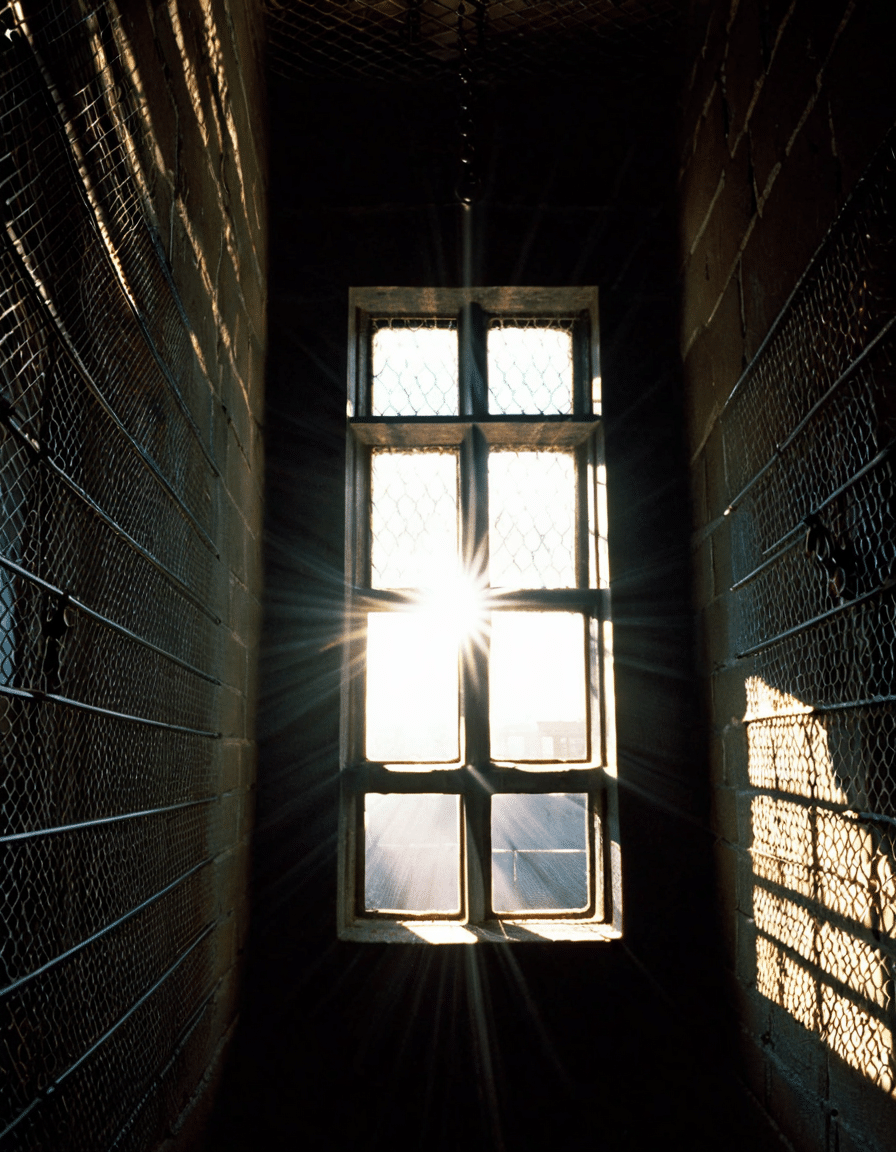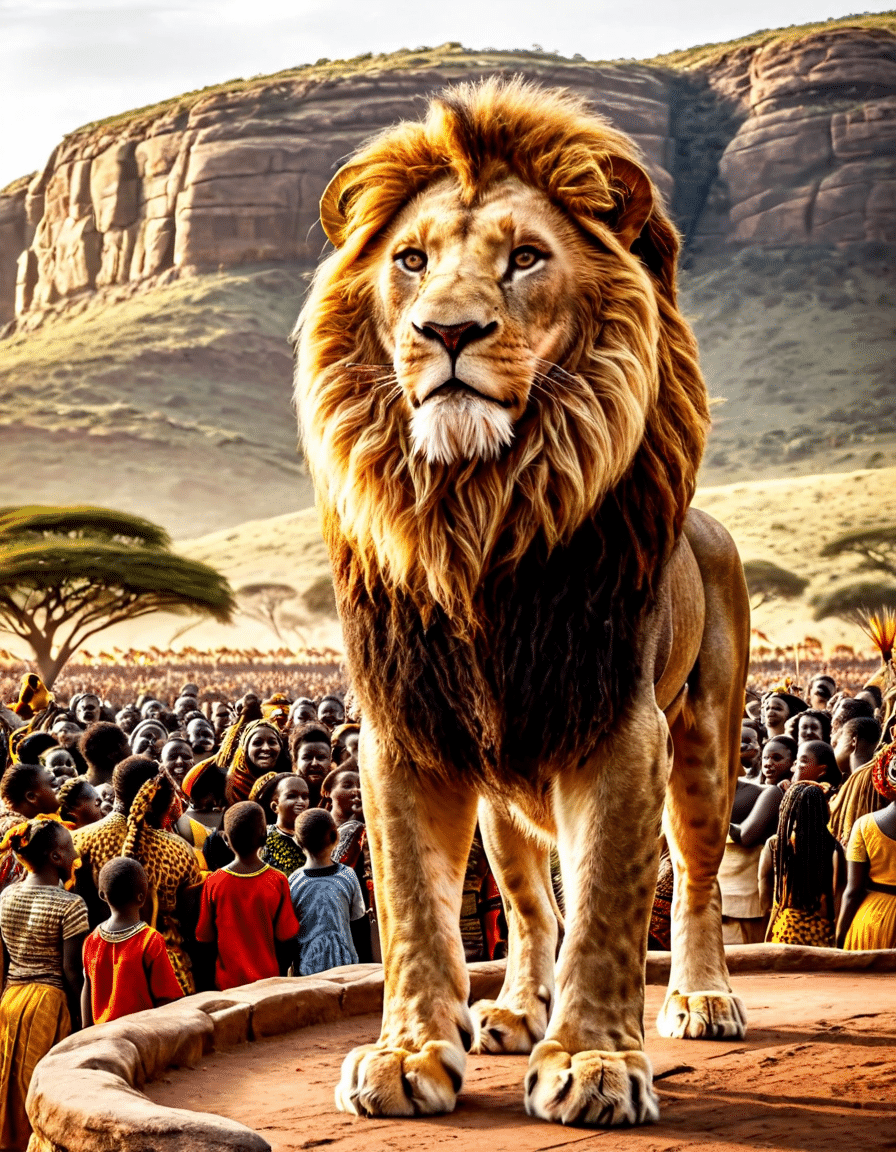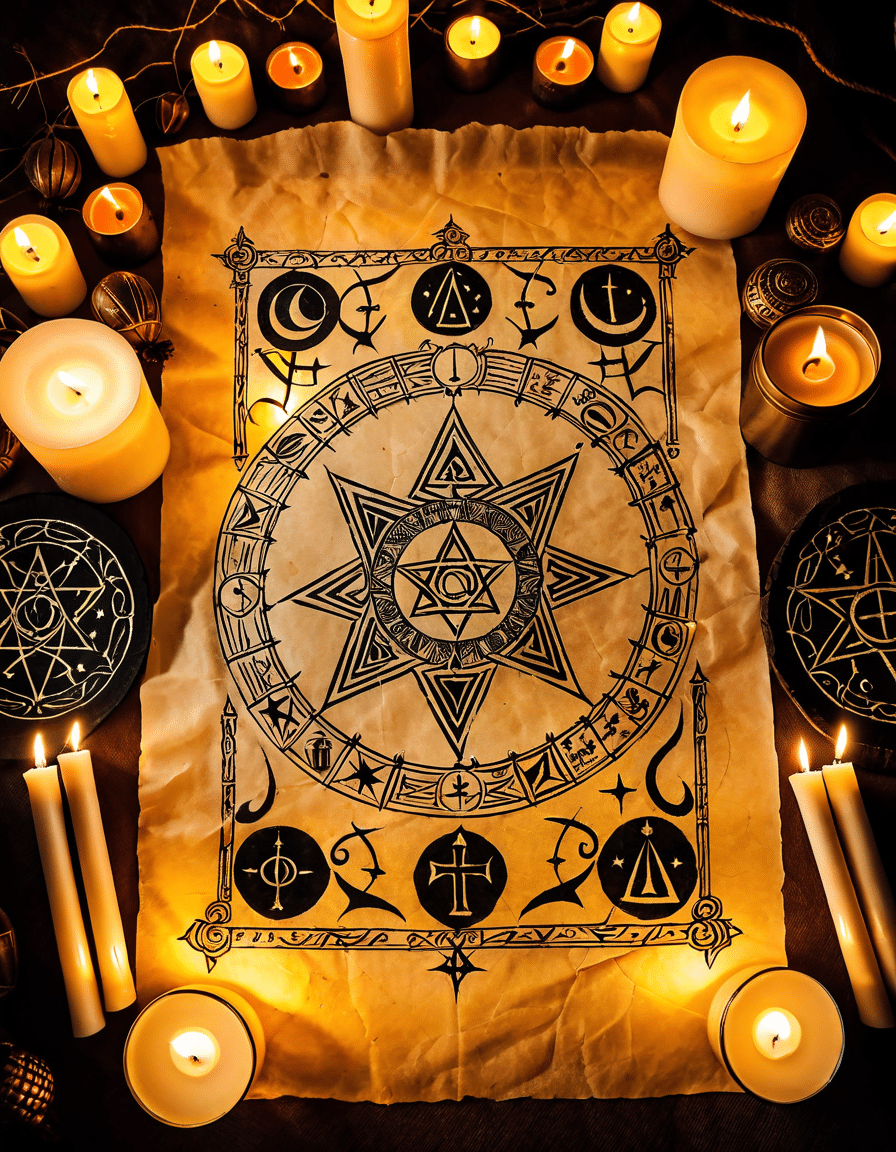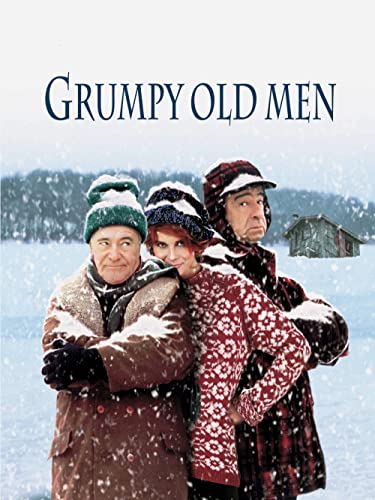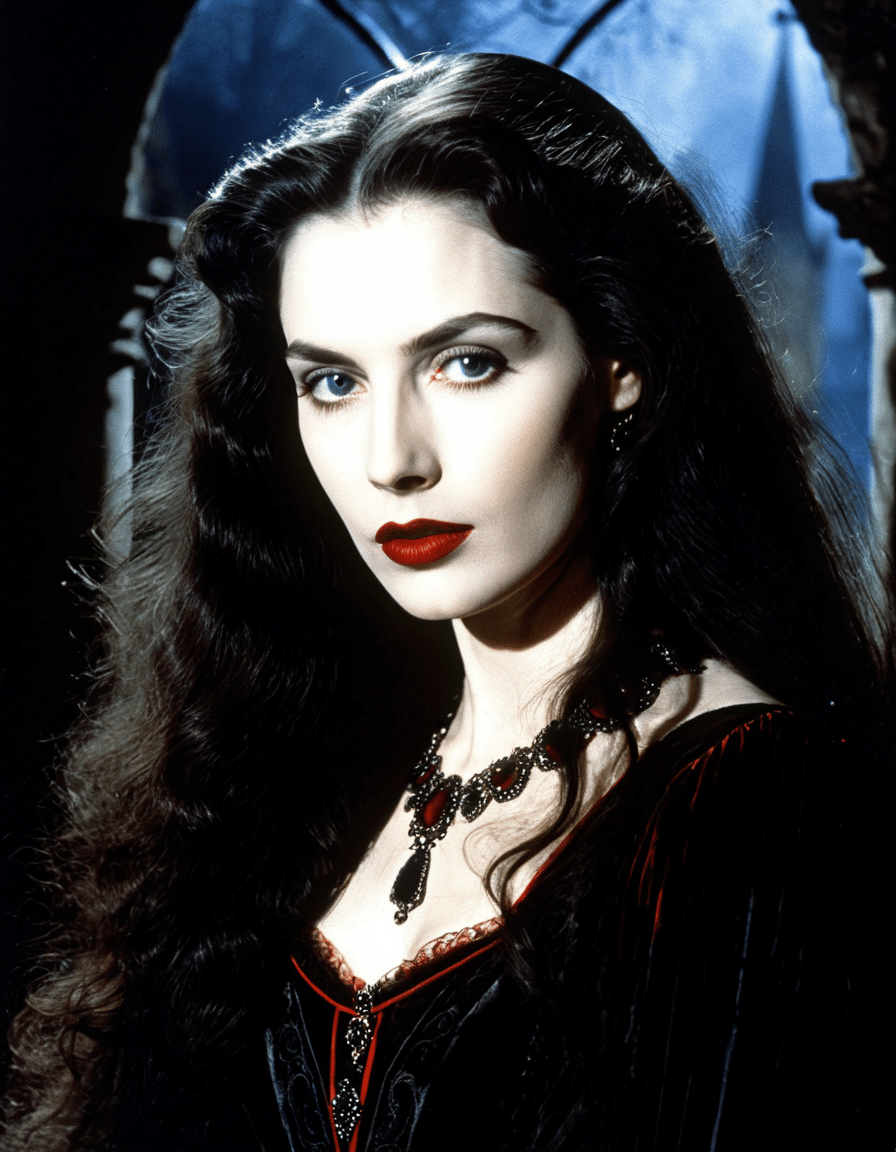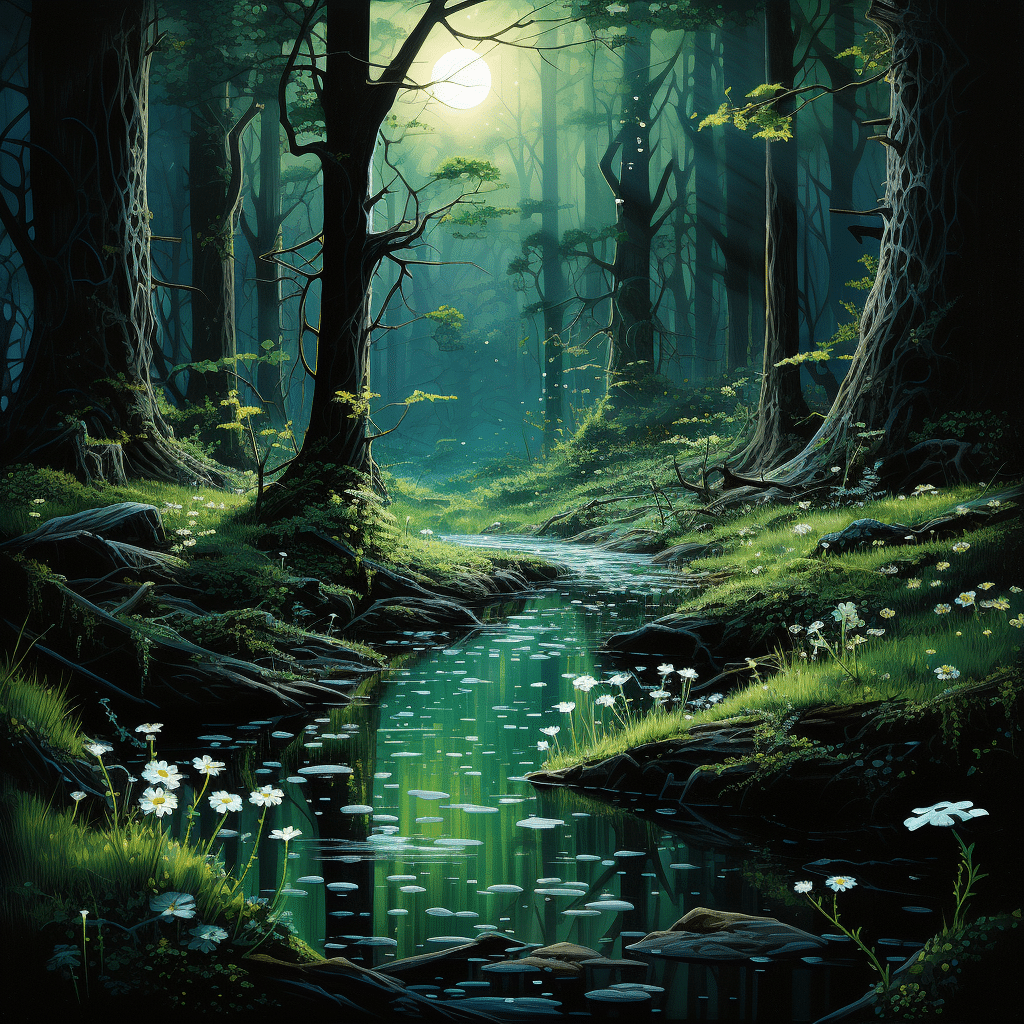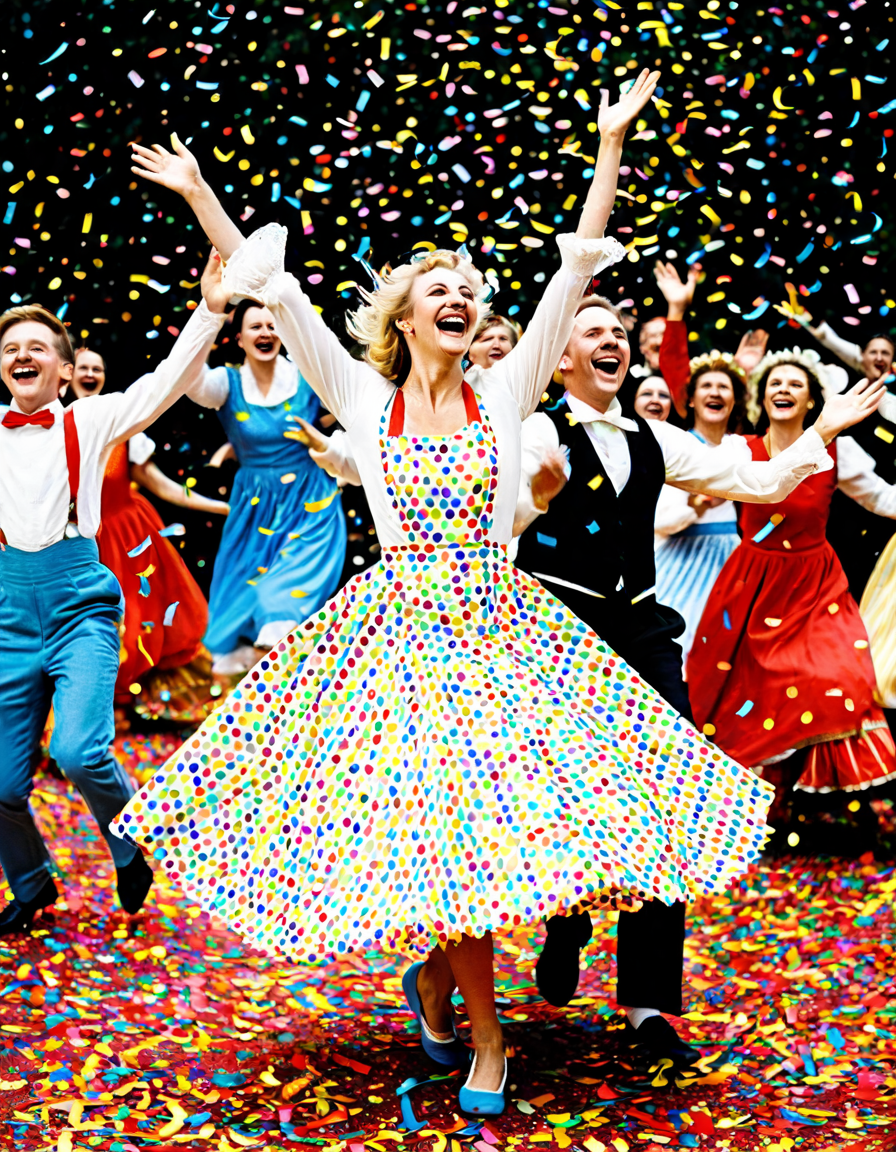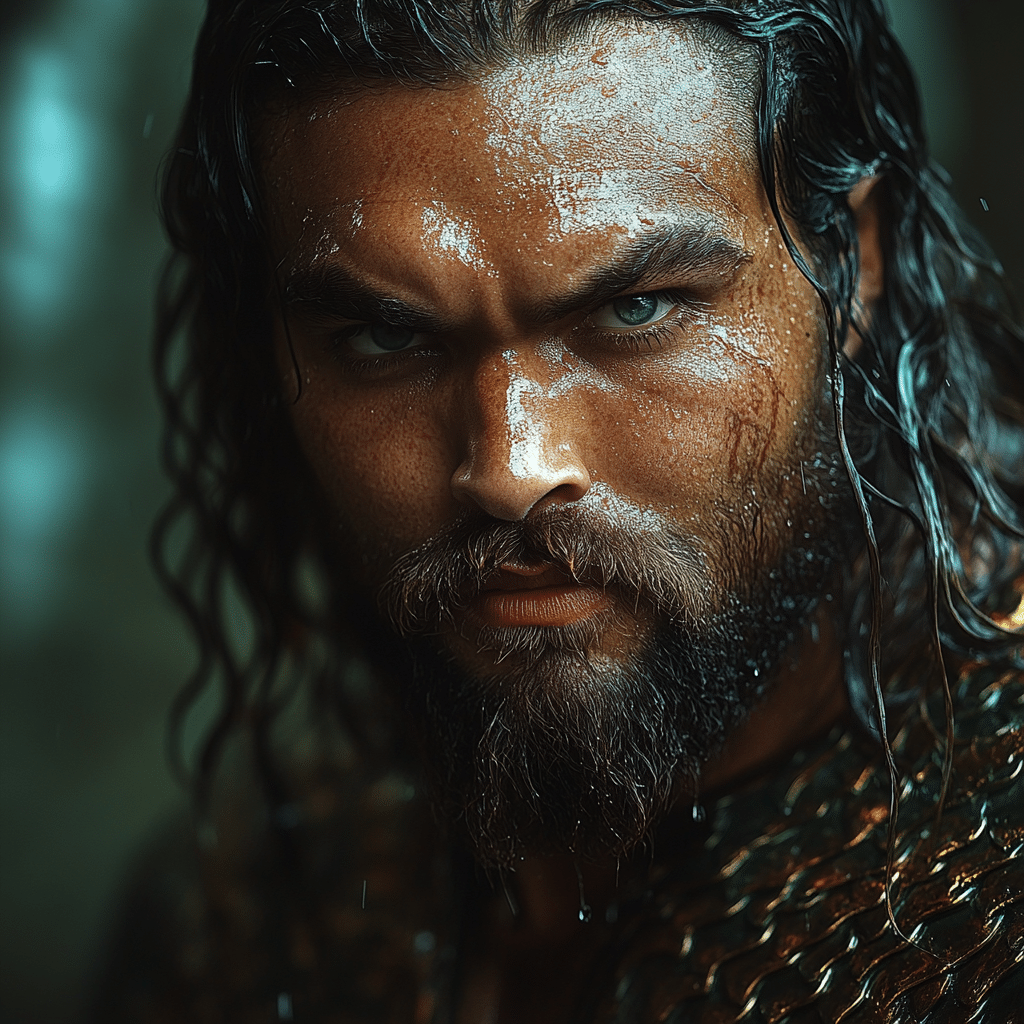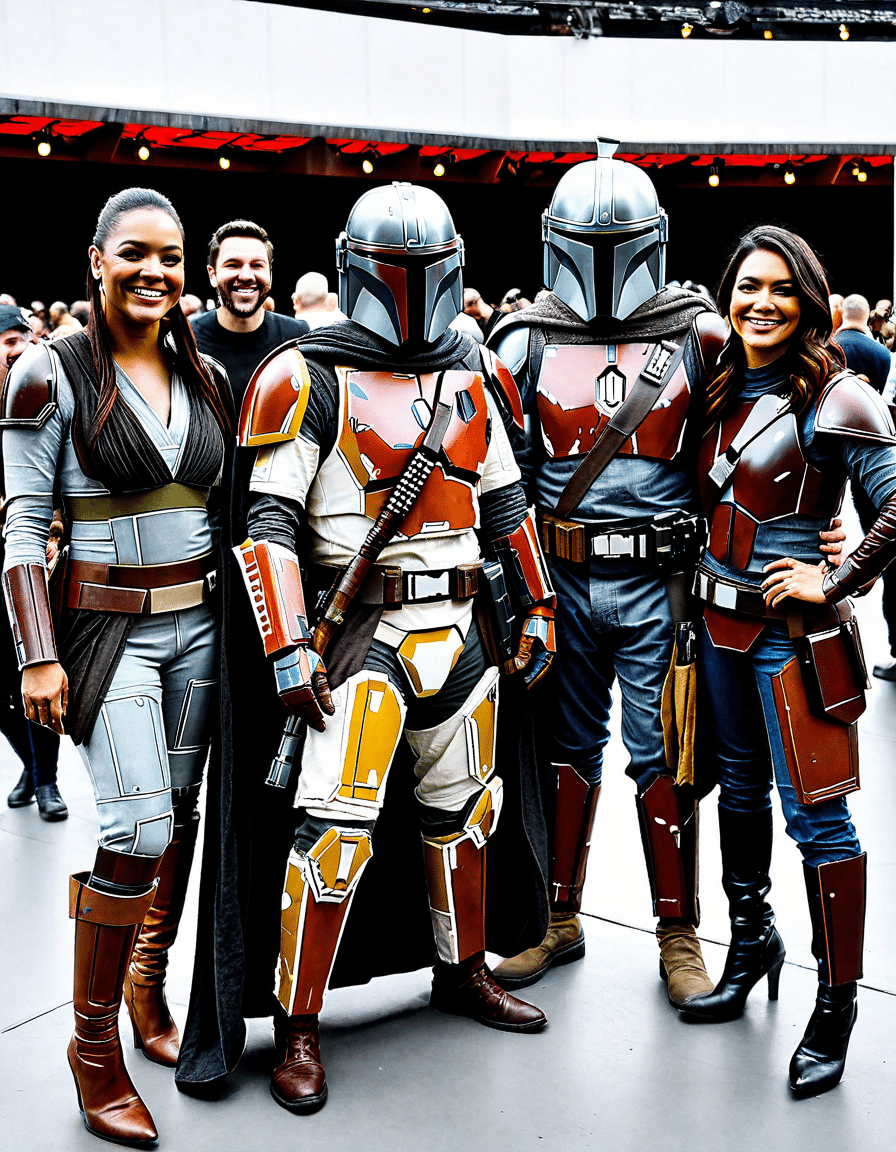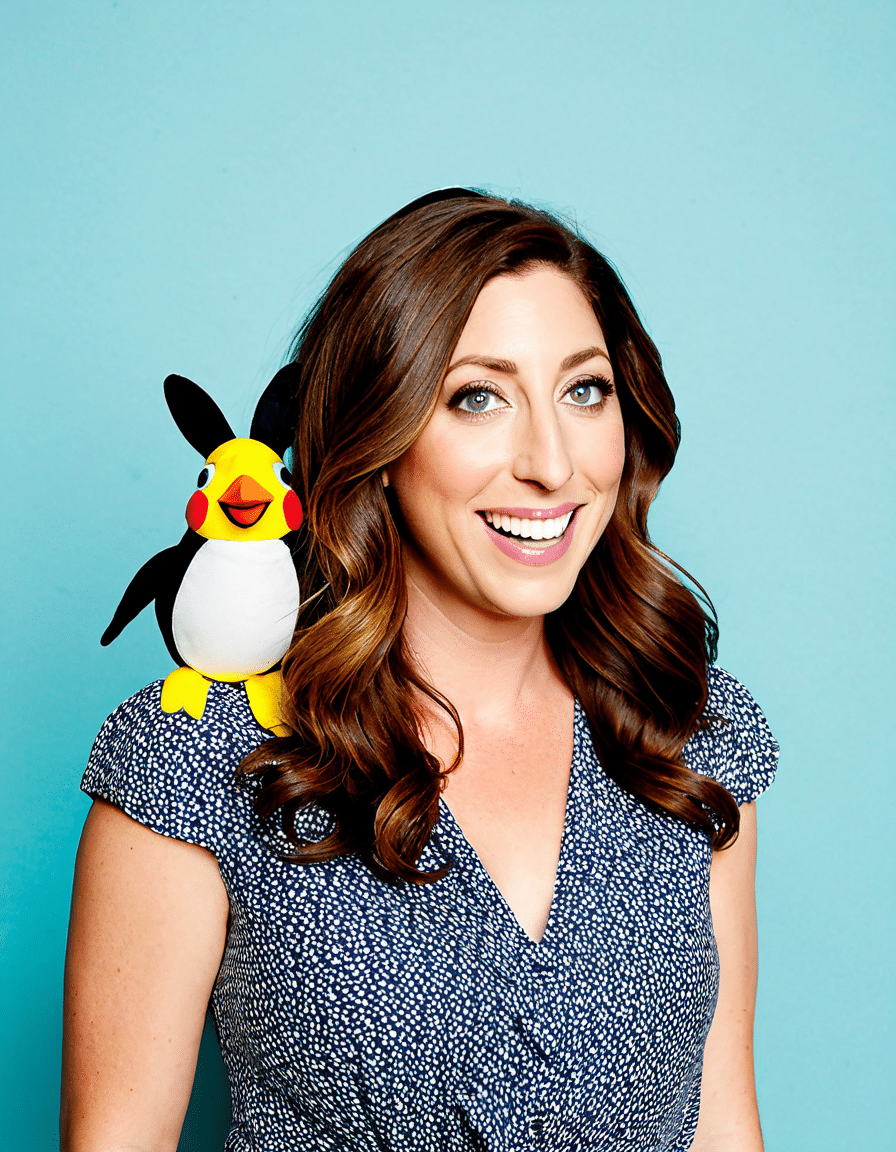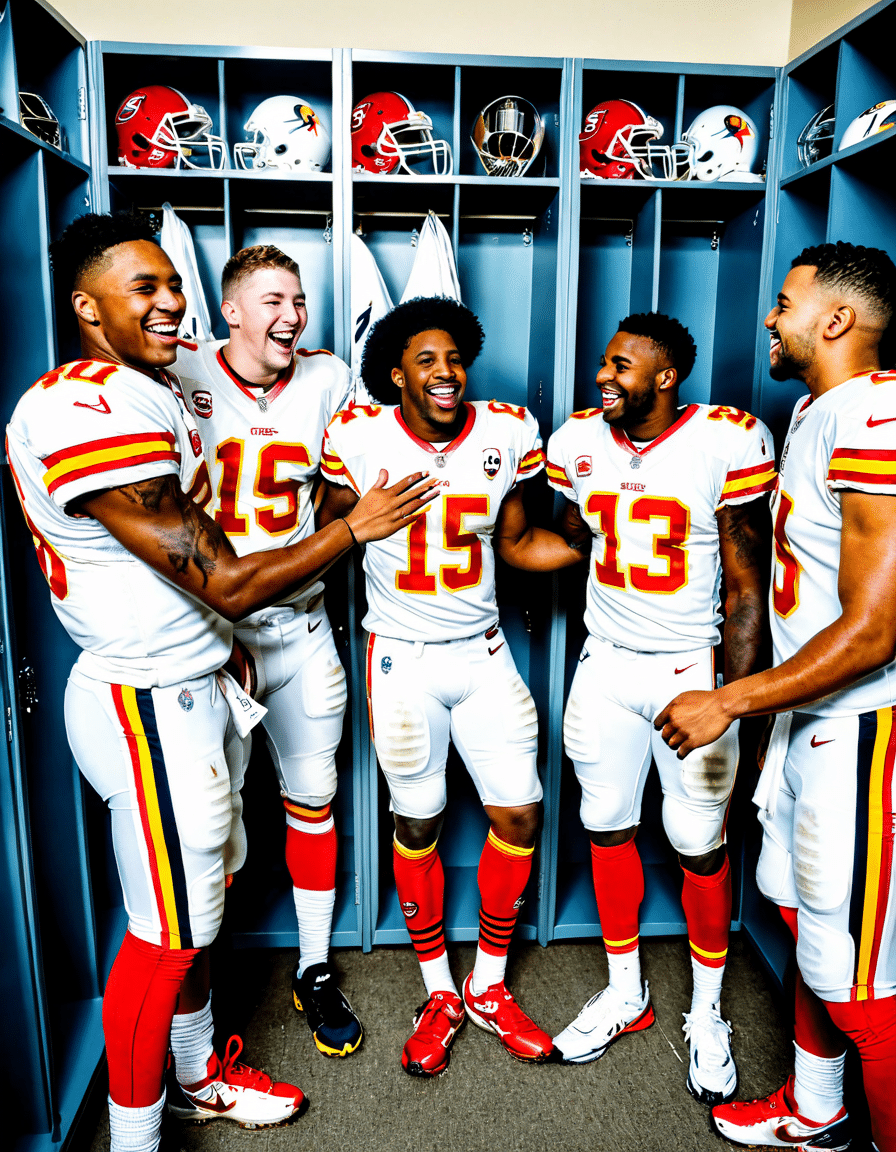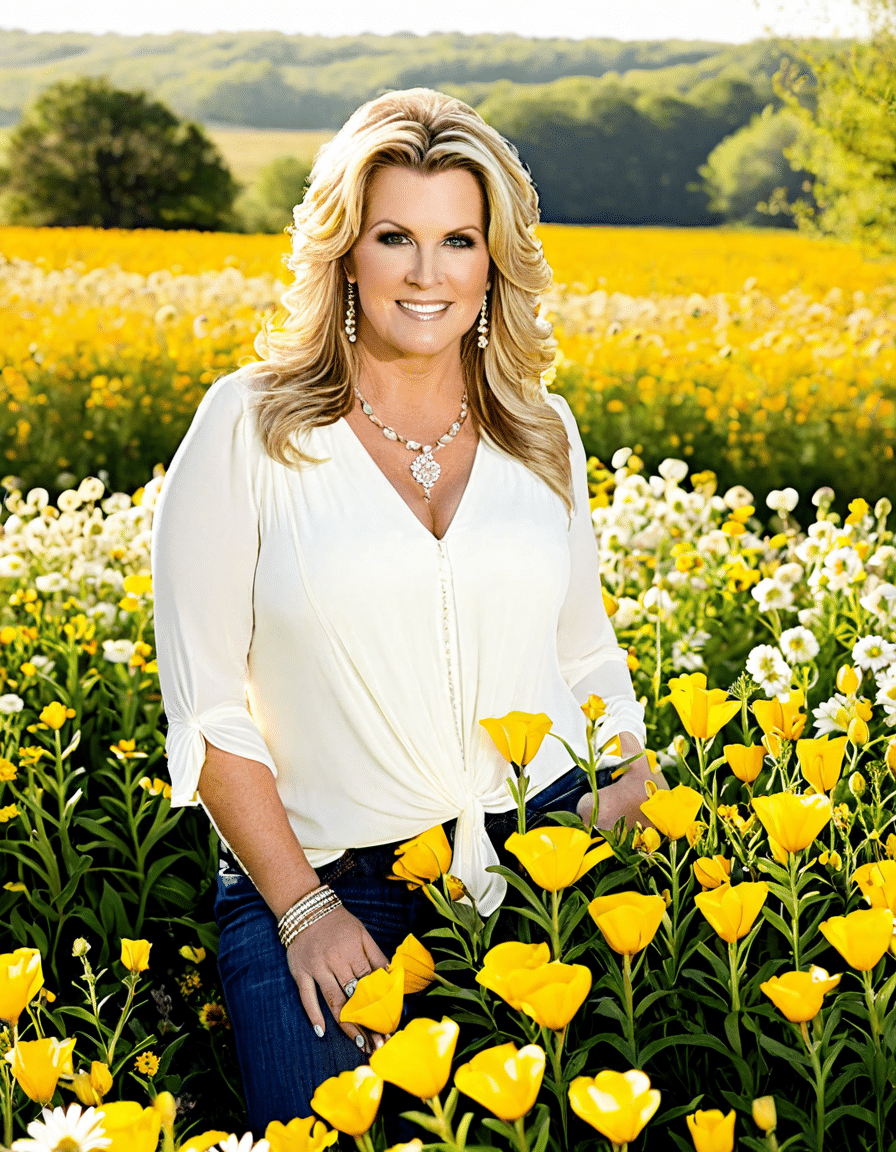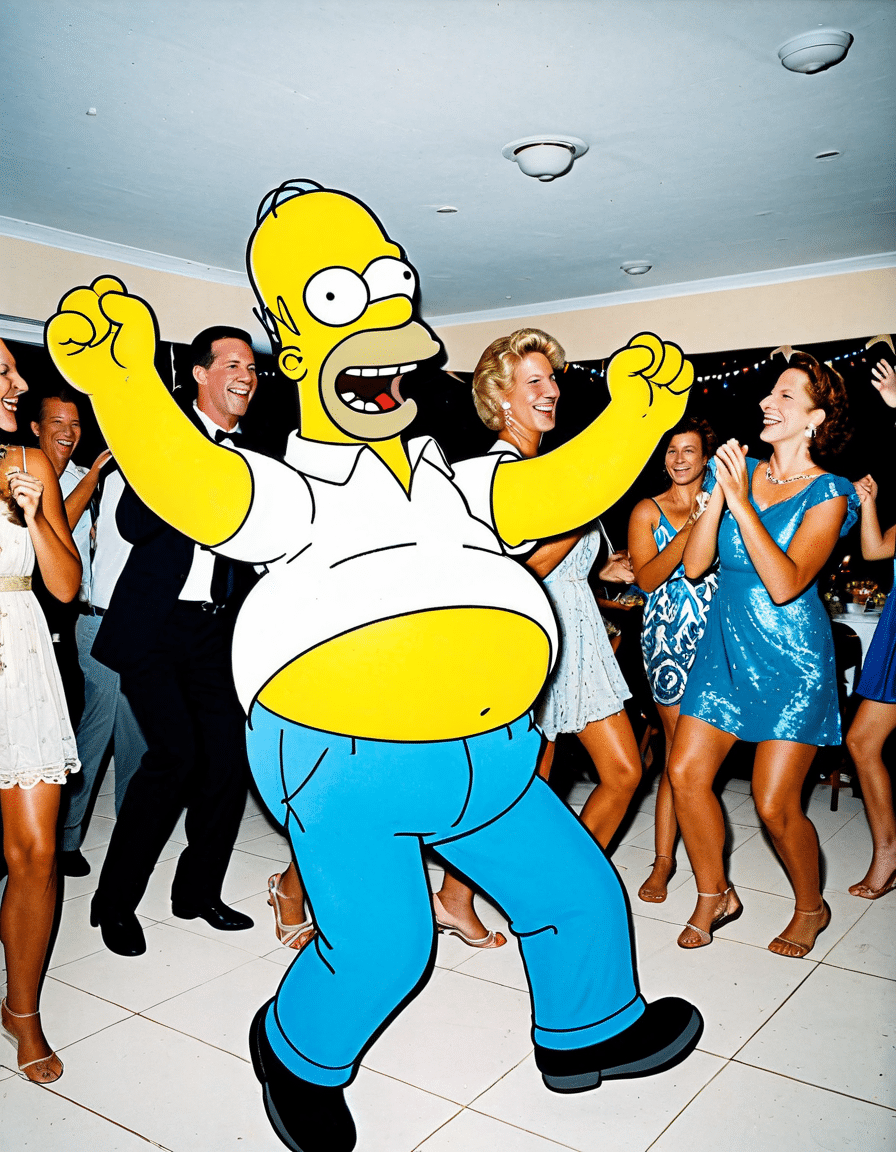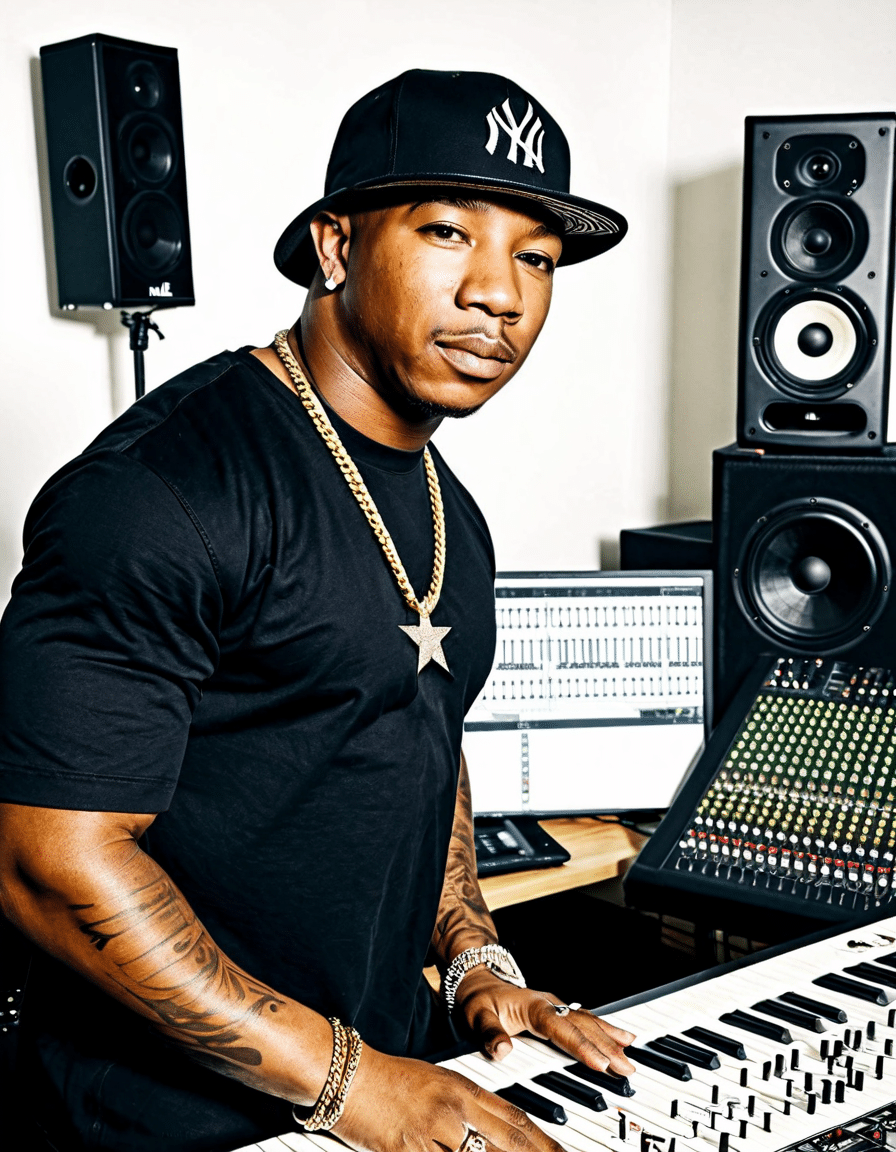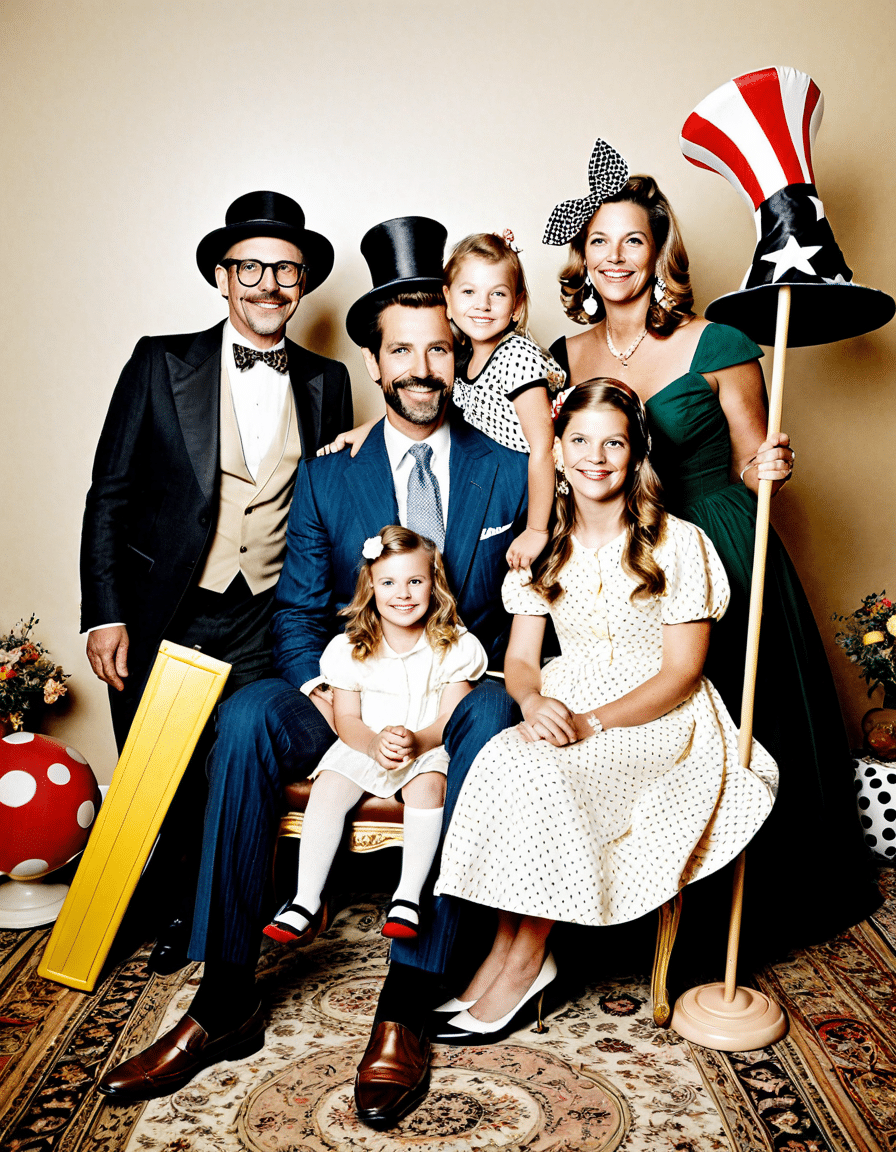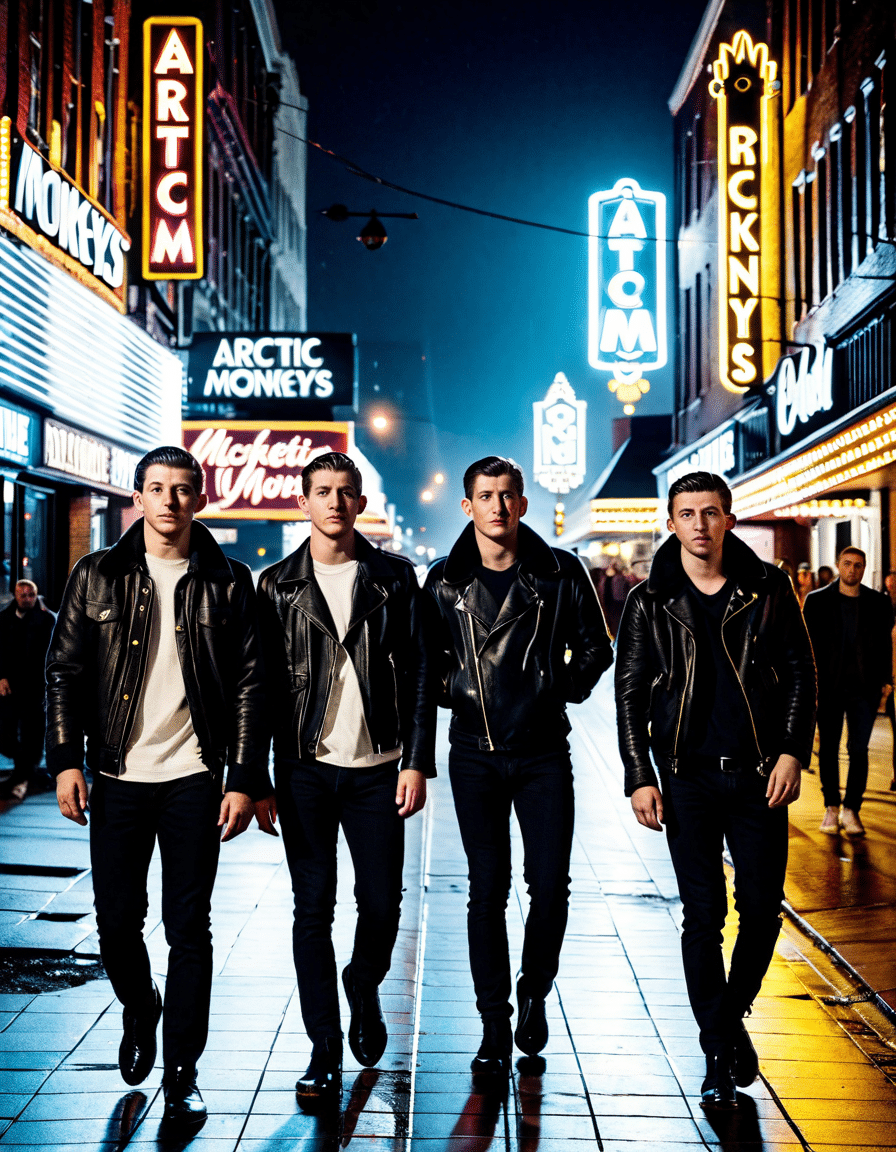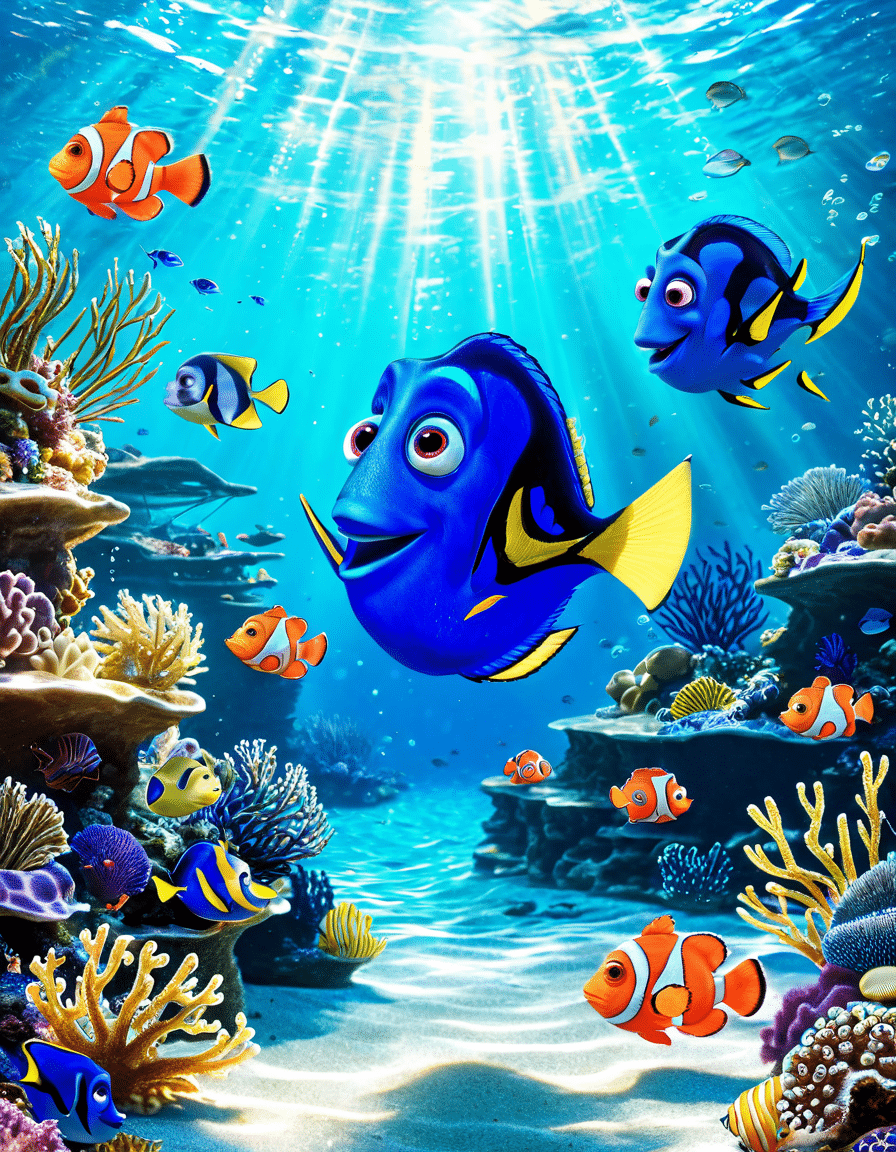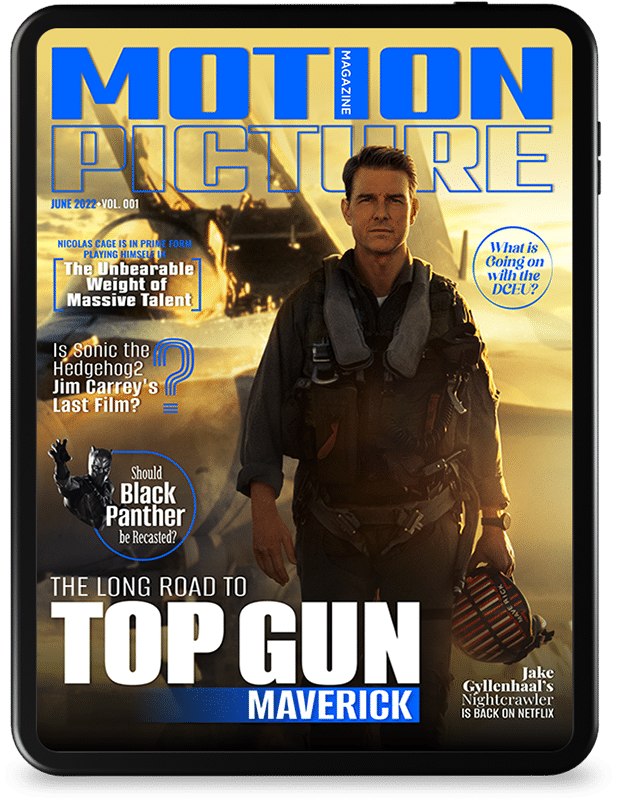In recent years, the term “moe” has burst onto the scene, stepping beyond its roots in otaku culture to charm audiences across the globe. Characterized by their utterly adorable traits and emotional depth, “moe” characters spark affection and protectiveness that hardly anyone can resist. So, what’s the magic recipe behind these captivating beings? Well, let’s dive deep into the extraordinary world of “moe” and explore the elements that make these characters special. Along the way, we’ll also peek at seven standout examples that really capture the essence of “moe.”
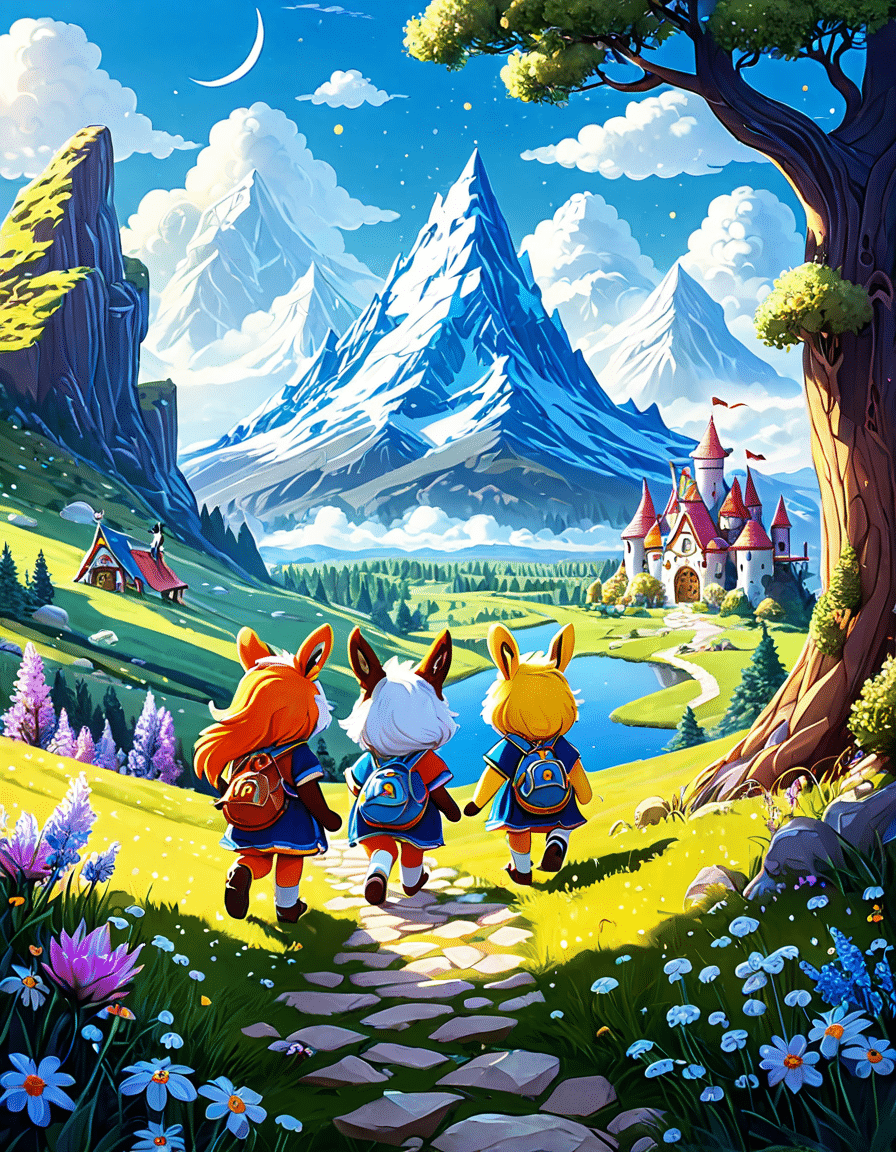
7 Endearing Characters That Define Moe Culture
1. Totoro from My Neighbor Totoro
Totoro is a hallmark representation of “moe” in animation. This gentle forest spirit is more than just a cute character; he embodies childhood wonder and innocence. With his round body, big eyes, and nurturing demeanor, Totoro creates a sense of safety and belonging, making him a timeless figure for audiences of all ages. Who wouldn’t want a furry friend like him swooping in to whisk away their worries?
2. Pikachu from Pokémon
If you think about “moe,” chances are Pikachu pops into your head. This lovable electric mouse stands as one of the most recognizable characters worldwide. With his tiny frame and adorable, squeaky voice, Pikachu has charmed millions from young trainers to nostalgic adults. His playful antics and unwavering loyalty to Ash Ketchum inject a sense of adventure, showing us that “moe” thrives not just in cuteness but also in bonds that warm the heart.
3. Hello Kitty
As a global icon of cuteness, Hello Kitty epitomizes what “moe” truly stands for. With her big eyes, simple design, and penchant for friendship, Hello Kitty has transcended mere character status to become a lifestyle brand. She preaches kindness and camaraderie, further illustrating how “moe” characters can impact consumer culture and create emotional connections that last. Who wouldn’t want to carry a piece of her adorableness around, right?
4. Shinji Ikari from Neon Genesis Evangelion
At first glance, Shinji Ikari doesn’t fit the mold of your classic “moe” character. However, his emotional vulnerability and struggles with self-identity resonate deeply with viewers. This flawed character offers a raw look at the complexities hidden beneath the surface of “moe.” His journey appeals to those who understand the weight of expectations and the search for self-acceptance, proving that “moe” can wear many masks, even the troubled ones.
5. Rilakkuma
Rilakkuma, the laid-back bear, illustrates the tranquility that “moe” signifies. With his relaxed nature and plush form, this character embodies the need for self-care in our bustling lives. Rilakkuma reminds us to slow down, take a breather, and enjoy the simple pleasures. In a world that often feels overwhelming, this character’s approach to life is a soothing balm for our stressed-out souls.
6. Kawaii Shiro from Shirokuma Cafe
Meet Kawaii Shiro, the charming polar bear from “Shirokuma Cafe.” His whimsical interactions bring humor and light-heartedness, making him a lovable addition to the “moe” family. Alongside his quirky animal friends, Shiro portrays the power of laughter and connection, making us chuckle as we escape the grind of daily life. Comedy is just another shade of “moe,” after all!
7. Sailor Moon from Sailor Moon
Sailor Moon is a character that embodies empowerment alongside the charm of “moe.” This clumsy teen transforms into a badass warrior, balancing softness with serious strength. Her quest to protect her friends speaks volumes about bravery and love, proving that “moe” isn’t just about cuteness; it can include fierce female empowerment too!
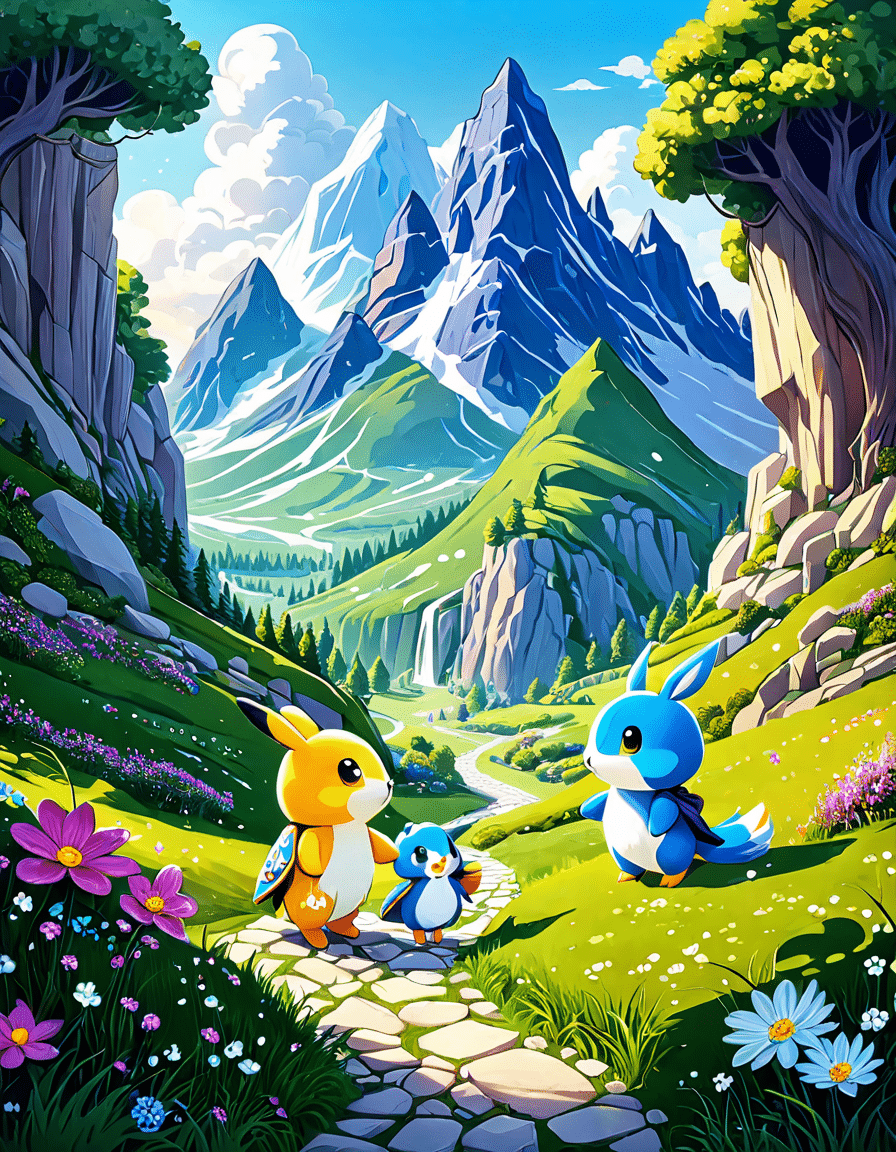
The Cultural Impact of Moe Characters on Global Media
The fascination with “moe” isn’t just an isolated trend; it’s a cultural wave washing over global media landscapes. Even Western animation is influenced by “moe” aesthetics, with shows like “Adventure Time” and “Steven Universe” weaving in character designs that radiate cuteness and incorporate deep emotional themes. The “moe” phenomenon can even be seen seeping into merchandise, with brands like Sanrio racing to capture that electrifying cuteness.
Social media plays a giant role in amplifying the “moe” excitement. Platforms like Instagram and Reddit have given fans a space to express their love through fan art, cosplay, and lively discussions. Communities dedicated to “moe” foster relationships fueled by shared enthusiasm, creating an emotional connection that goes beyond just fandom. Gotta love when a group of strangers can bond over sweet, adorable characters!
When we peel back the layers, “moe” characters paint a bigger picture than just adorableness. They represent companionship, empathy, and an emotional anchor in often chaotic lives. As we delve deeper into narratives that touch our hearts, the essence of “moe” will continue to shape storytelling, connecting people in unexpected ways.
So, next time you enjoy a piece of media featuring these charming characters, take a moment to appreciate how they’ve ingrained themselves into the fabric of our culture. They’re not just cute faces—they’re the characters that help us heal, laugh, and even save the day! Embrace the “moe,” my friends; it’s here to stay.
Moe: The Extraordinary World of Endearing Characters
A Closer Look at Moe
Moe is a fascinating character type, embodying that sweet spot between quirky and lovable. These traits have become a staple in animation and film, making audiences smile, laugh, and even tear up. For starters, did you know that some iconic characters are rooted in the concept of moe? Just look at how the charm of folks like Charlton Heston in classic movies has laid the groundwork for more endearing portrayals. There’s something inherently captivating about characters who sparkle with innocence and sincerity, making them irresistible to viewers.
The Appeal of Moe in Pop Culture
Now, let’s dive into the fascinating trivia about how moe has woven itself into pop culture. It’s not just limited to animated shows; you might find it pervading live-action series too. Ever thought about how close we are to characters that spark genuine emotions? Take a look at shows like “Mission Impossible”: it’s interesting how elements of humor and warmth can balance high-stakes drama. Or consider unique locations like Village East by Angelika, where character-driven stories often flourish. They become perfect platforms for showcasing moe characters, driving home the idea that cheer and charm can shine amid tension.
Moe in Modern Narrative
Moé characters are often characterized by their innocence and eccentricities, making them stick with audiences long after the credits roll. You’d be surprised how this little aspect resonates with many, even in serious contexts. For example, the Michigan State university shooting served as a reminder of the fragility of life, often sung about in heartfelt tunes that evoke those very moe sentiments. This contrast reveals how even the most serious narratives can benefit from a sprinkle of endearing qualities that meh can deliver.
At the core of it all, whether it be through their emotions or their unpredictability, these quirky attributes bring depth to characters. In an age where escapism is vital, let’s not forget how vital characters like those seen in Lauren Philips dramas and series, or even in the latest Special Ops Lioness Episodes, show us the power of connection. As they navigate challenges, these relatable figures have a knack for reminding us that, in the end, our quirks and affections make us wonderfully human. So, next time you catch a glimpse of a moe character, remember: they’re more than just cute faces; they’re the heart and soul of the stories we cherish.
